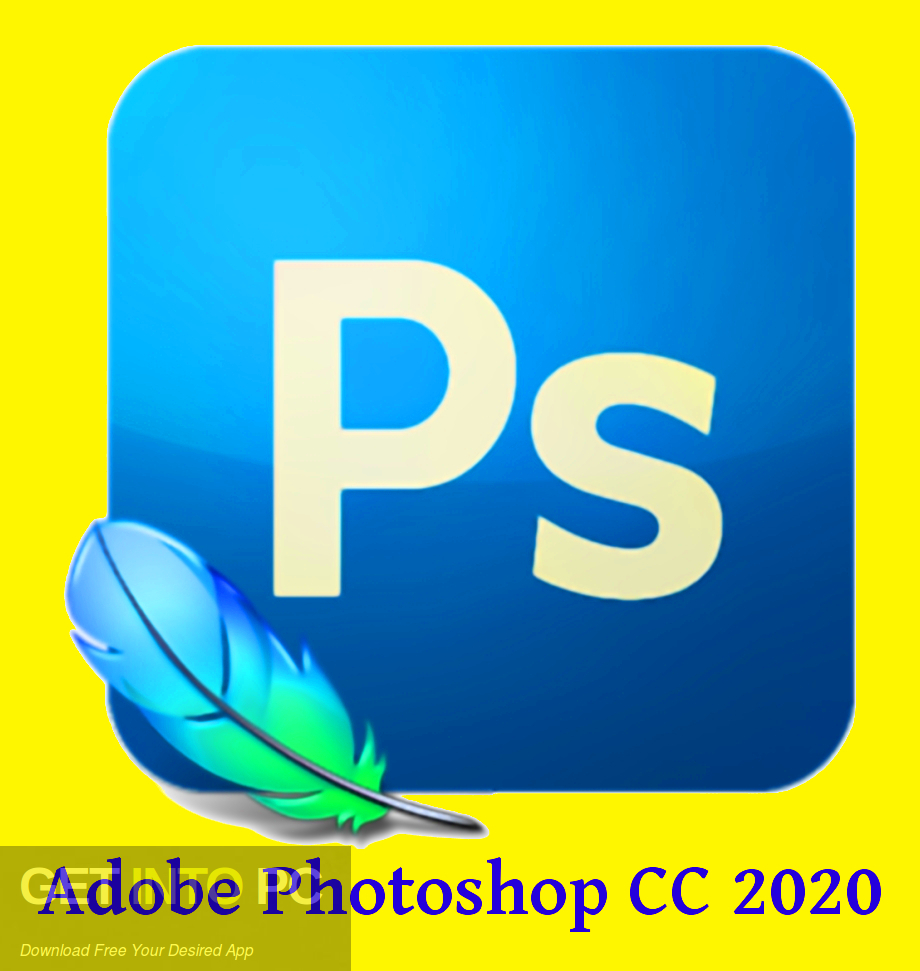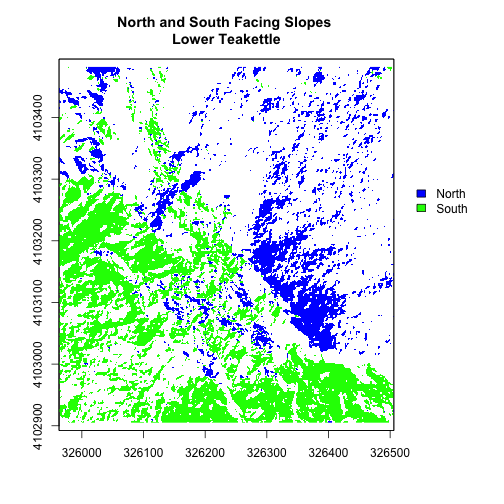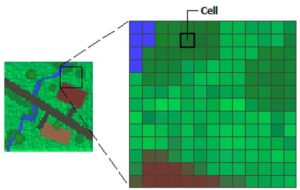

Three main sources of image basemaps are orthoimages from aircraft, satellite imagery, and scanned maps.

For example, orthoimages displayed underneath other GIS layers provide the map user with confidence that map layers are spatially aligned and represent real objects, as well as additional information. Within a GIS, the uses of raster data fall under four main categories:Ī common use of image data in a GIS is as a background display for other feature layers. While the structure of raster data is simple, it is exceptionally useful for a wide range of applications. Picture rasters are often used as attributes in tables-they can be displayed with your geographic data and are used to convey additional information about map features. Pictures include scanned maps or drawings and building photographs.Ĭontinuous and thematic rasters may be displayed as data layers along with other geographic data on your map but are often used as the source data for spatial analysis with the ArcGIS Spatial Analyst or ArcGIS Image Analyst extension.Thematic data (also known as discrete) represents features such as land use or soils data.Continuous data represents phenomena such as elevation and spectral image data collected from satellites and airborne platforms such as drones.Rasters are digital aerial photographs, imagery from satellites, digital pictures, or even scanned maps.ĭata stored in a raster format represents real-world phenomena: ttf extension.In its simplest form, a raster consists of a matrix of cells (or pixels) organized into rows and columns (or a grid) where each cell contains a value representing information, such as temperature.

fot extension and the second is identified by a. For TrueType and OpenType fonts, there are two files for each font: the first file contains a relatively short header and the second contains the actual font data. A font-resource file for a raster or vector font is identified by the. For raster and vector fonts, this data is divided into two parts: a header describing the font's metrics and the glyph data. A font-resource file is actually a DLL that contains only data, there is no code. By using the hints associated with a glyph, a developer can scale the characters from a TrueType or OpenType font up or down and still maintain their original shape.Īs previously mentioned, the glyphs for a font are stored in a font-resource file. TrueType and OpenType fonts provide both relatively fast drawing speed and true device independence. However, vector fonts are generally drawn more slowly than raster or TrueType and OpenType fonts. Vector fonts, on the other hand, are not device dependent, because each glyph is stored as a collection of scalable lines.

An OpenType font is equivalent to a TrueType font except that an OpenType font allows PostScript glyph definitions in addition to TrueType glyph definitions.īecause the bitmaps for each glyph in a raster font are designed for a specific resolution of device, raster fonts are generally considered to be device dependent. These hints and the respective adjustments are based on the amount of scaling used to reduce or increase the size of the bitmap. The system uses the hints to adjust the length of the lines and shapes of the curves used to draw the character or symbol. The system uses the line and curve commands to define the outline of the bitmap for a character or symbol in the TrueType or Microsoft OpenType font. In TrueType and OpenType fonts, a glyph is a collection of line and curve commands as well as a collection of hints.In vector fonts, a glyph is a collection of line endpoints that define the line segments that the system uses to draw a character or symbol in the font.In raster fonts, a glyph is a bitmap that the system uses to draw a single character or symbol in the font.The differences between these fonts reflect the way that the glyph for each character or symbol is stored in the respective font-resource file: Applications can use four different kinds of font technologies to display and print text:


 0 kommentar(er)
0 kommentar(er)
